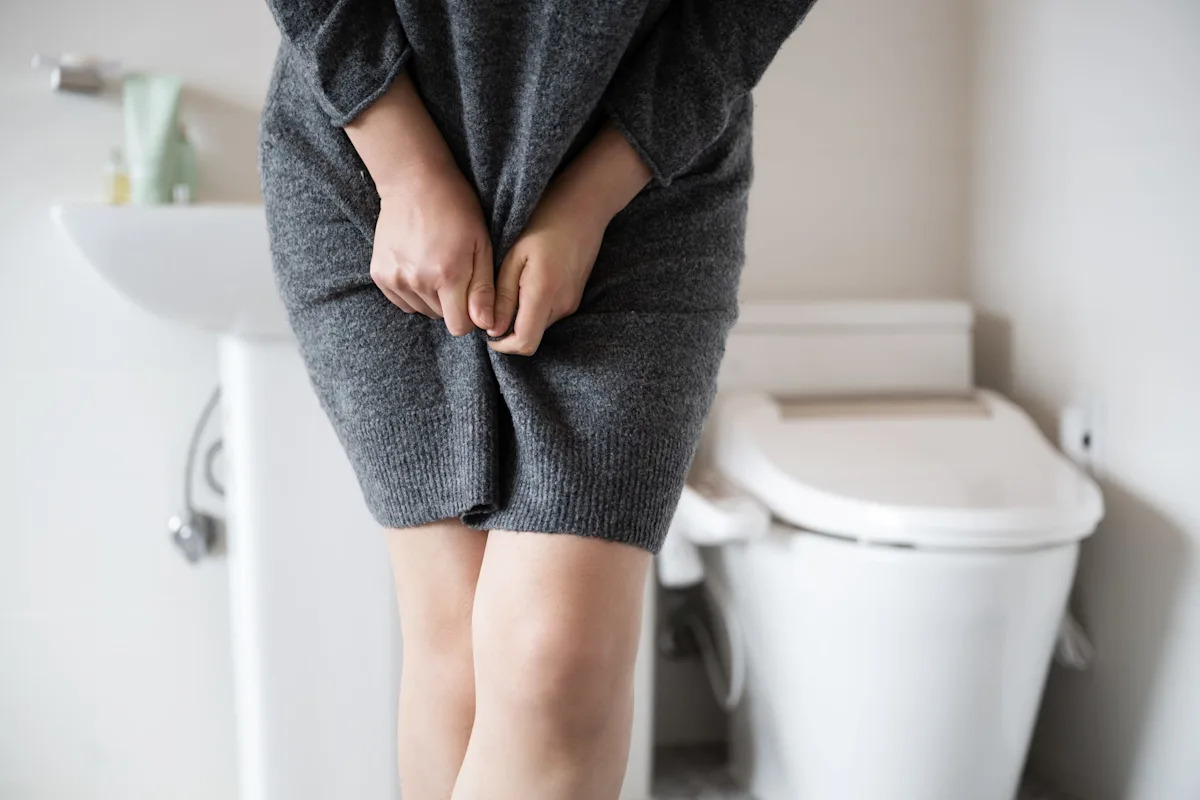A urinary tract infection (UTI) is one of those uncomfortable health hiccups that many people know all too well. The sudden sting, the constant urge to run to the bathroom and the interruptions to work or intimacy can feel both embarrassing and unsettling. Making matters worse is how suddenly symptoms can manifest – and often at the most inconvenient moments.
And they can be as prevalent as they are disruptive. “UTIs are very common,” says Dr. Kara Telesmanick, an urgent care physician with Inspira Health in Southern New Jersey. Indeed, data shows that between 50% and 60% of women will experience one in their lifetime.
Whether you’re supporting a romantic partner, caring for a family member or simply looking out for your own health, understanding UTIs can be helpful. Here’s what they are, what causes them and how to get treatment if you experience one.
What is a UTI?
A urinary tract infection “is a bacterial infection of the urinary system, which includes the urethra, bladder, ureters and kidneys,” says Dr. Shaun Adair, a urogynecologist at Atlantic Health in New Jersey. “They occur when harmful microorganisms invade any part of the urinary tract, but most commonly affect the bladder or the urethra.”
He explains that symptoms typically include pain or burning during and after urination, an intense and frequent urge to urinate, pain or pressure in the lower abdomen or pelvic area, unpleasant or strong-smelling urine, changes in the appearance of the urine (such as being cloudy, dark or tinged with blood) and generalized fatigue. “In elderly patients, sometimes the only sign of a UTI is confusion,” adds Telesmanick.
While men can get UTIs, research shows that women are about four times more likely to experience them.
Heads up: 3 scary complications of gonorrhea
How do you get a urinary tract infection? What causes a UTI?
Most UTIs begin when bacteria from the gastrointestinal tract enter the urethra and travel upward into the bladder. A common bacterium found in the gut known as Escherichia coli (E. coli) causes up to 90% of UTIs, but other bacteria such as Klebsiella pneumoniae and Staphylococcus saprophyticus can also be responsible.
These bacteria can reach the urinary tract because of the close proximity between the urethra and the anus, making it easier for bacteria to spread during activities such as wiping from back to front or even wearing tight or non-breathable clothing that traps moisture. Once inside the urinary tract, bacteria attach to the bladder lining, multiply and trigger inflammation – resulting in the hallmark symptoms of infection.
UTIs are not contagious but several factors can increase your risk of developing a UTI. Anatomically women have a shorter urethra that’s closer to the anus, allowing bacteria quicker access to the bladder. Adair notes that sexual activity can also introduce bacteria into the urethra and that incomplete bladder emptying or low fluid intake can also reduce the natural flushing of microbes through urination. Eating tainted meat can be a contributing factor as well since recent research shows that nearly one in five UTIs are linked to contaminated meat products.
Urinary tract abnormalities such as blockages or reflux (backflow of urine toward the kidneys) and the use of urinary catheters also heighten infection risk. “Certain types of birth control, such as diaphragms and spermicidal agents, can also contribute to UTIs,” says Adair.
And hormonal changes during perimenopause or menopause can alter vaginal flora and thin the tissues around the urethra, making infection more likely. Likewise, “people with diabetes or weakened immune systems are at higher risk,” says Telesmanick. Even constipation or infrequent urination can create stagnant conditions in the bladder, allowing bacteria to multiply unchecked.
Other contributing factors can be more common issues in men. “When a man develops a UTI, it can be a sign of a more serious underlying issue, such as an enlarged prostate, kidney stones or a blockage in the urinary tract,” says Adair.
What actually causes kidney stones? And how are they treated?
Can I cure a urinary tract infection on my own?
Once a UTI develops, “the most common and effective treatment is a course of antibiotics,” says Adair. The specific antibiotic and duration of treatment depend on the type of bacteria and the severity of symptoms, but “it’s essential to complete the full course to clear the infection and prevent complications,” cautions Telesmanick.
And while a UTI generally cannot be cured reliably without medical treatment, there are a few at-home measures that can help ease discomfort and support recovery while waiting for the antibiotics to take full effect. “Options include drinking plenty of water to flush bacteria out, avoiding bladder irritants such as coffee, alcohol and carbonated drinks and applying a heat pad to the lower abdomen,” says Adair. “Over-the-counter pain relievers may also help reduce discomfort,” adds Telesmanick, “and cranberry products may help reduce the recurrence of some infections, but they are not effective in treating an active infection.”
In the end, UTIs are common and affect millions of people at some point in their lives – but that doesn’t mean they should be ignored. “If you suspect you have a UTI, it’s essential to consult with a healthcare provider,” advises Adair. “An untreated UTI can lead to more serious complications, such as a kidney infection or even sepsis.”
This article originally appeared on USA TODAY: What is a UTI? How do you get a UTI?

